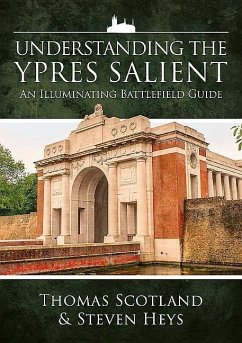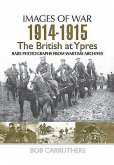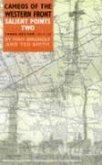This work aims to provide the reader with a clear understanding of what happened in Ypres Salient between 1914 and 1918. It sets out to transport the visitor around sites of importance for the First, Second and Third Battle of Ypres, and in so doing to bring the battlefield to life. It will augment existing guidebooks by providing a unique new dimension without listing memorials and cemeteries. It doesn`t matter whether you are in your armchair, on foot, on a bicycle, or in a car, this book will effortlessly transport you to Ypres Salient, where you will be able to visualise what happened. It will take you to Kruiseke Crossroads and Gheluvelt in late October 1914, where tired remnants of the British Expeditionary Force fought desperately to prevent the Germans from breaking through to Ypres. It will lead you to the St Julien-Poelcappelle road on 22 April 1915 where Canadian soldiers near the front line formed a defensive flank after a chlorine gas attack had engulfed adjacent French colonial troops, killing many, while the survivors fled to the rear. You will visit Gravenstafel Ridge, where the Canadians were involved in bitter fighting two days later. You will go to locations throughout the Salient, which will help you to understand the four stages of the Second Battle of Ypres and the eight major phases of the Third Battle of Ypres where British, Australian, New Zealand and Canadian divisions all fought at different times. Eighteen concise chapters will focus on aspects of particular battles, explaining troop movements and strategy. Each chapter is accompanied by many maps based on those in the Official History, which have been painstakingly designed to provide clarity, while colour photographs taken by the authors in the course of many visits to Ypres Salient will help the visitor to understand important points made in the text. After reading this book you should be able to stand at any location within Ypres salient and be able to work out what happened there throughout four years of war. You will also be able to conjure up a picture in your mind of events which took place more than 100 years ago as though they were happening in front of you








